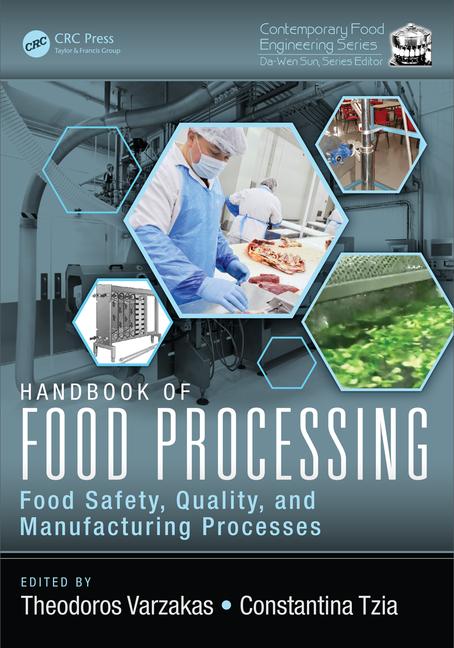Cablevey Conveyors, a global specialty conveyor manufacturer for the food/beverage and industrial processing industries, has released results from a new, proprietary survey conducted among food processing companies. The report, The State of Conveying: New Research for the Food Processing Industry, highlights market trends, preferences and challenges related to conveying systems, as well as top marketplace concerns. The findings reveal a high level of automation with most companies operating multiple conveyor lines, yet mixed satisfaction related to the various types of conveyor operating systems.
Key survey findings related to conveyor systems:
Multiple Lines—83% of companies surveyed operate 6 or more conveyor systems in their facilities with 26% of companies operating more than 25 conveyor systems across business units.
Conveyor Preference—Among the seven types of conveying technologies survey respondents reported using within their facilities, users were split on the technology most often used, when compared to the technology that generated the most user satisfaction. Respondents reporting using vacuum, pneumatic and cable/disc conveyor technologies most often, in that order. However, cable/disc conveyor systems generated the highest customer satisfaction scores in the study.
Material Damage—User satisfaction was tied by many respondents to material damage, a critical challenge for those in the food processing industry where the appearance and quality of the end product at times can be damaged by some conveying systems. Relative motion and “free fall” tended to introduce the greatest levels of material damage; cable/disc conveying was reported as being the top choice to avoid this risk.
Conveyor Challenges—54% of survey respondents reported cleaning and maintenance as top challenges related to conveying systems, followed by the corresponding down time associated with these tasks (33%). In addition, 56% of survey respondents reported maintenance issues as the top reason for installing updated conveying systems.
Selection Factors—Energy consumption and ease-of-cleaning were reported tied as the top factors in the selection process for a new conveyor. Minimization of maintenance came in as the second most critical criterion; initial purchase price was relatively far down the list at #5.
Evaluation Schedules—85% said they evaluate their conveying system performance at least every 6 months. Sixty-one percent shopped or purchased a new system within the past 12 months.
Top findings for the food processing industry:
Industry Growth—91% of respondents reported business growth in the past year.
Supply Chain—53% of respondents identified supply chain issues as the most pressing industry challenge. Related to this, 39% of respondents cited product shortages as another major issue.
Agility—40% of respondents pointed to shifting changes in consumer demand as a challenge, noting the need for agility and rapid response to the market.
Cablevey contracted with independent outside research firm Ascend2, to reach more than 200 professionals at food processing firms including production managers, engineers, and executive managers. The most prevalent product categories being conveyed in the processing facilities included snacks (55%), frozen foods (42%), breakfast cereal (32%), nuts (31%) and coffee (30%), followed by other product types such as pet foods, seeds, beans, specialty grains, and hemp.
High-speed conveying systems critical to reach production goals
“What really stood out in this report was the fact that energy consumption and maintenance issues were cited as the main drivers for conveyor selection and purchase decisions,” said Brad Sterner, Cablevey CEO. “While we’re pleased to see that our cable/disc technology was ranked as the best performing platform to address these concerns, it points out that any automation system, including conveyors, can constantly strive to improve performance and help companies meet both production and sustainability targets.”
“In order to provide food security to a rapidly growing population, suppliers and operators must work together to streamline operations,” Sterner continued. “The number of high-speed, sanitary conveying systems already in place within food processing facilities demonstrates the critical role they play to help achieve manufacturing goals.”
The Food and Agriculture Organization (FAO) estimates food production needs to increase by 60-70% to feed a global population of 9.3 billion in 2050. For a detailed copy of the survey results, visit The State of Conveying - Cablevey Conveyors









